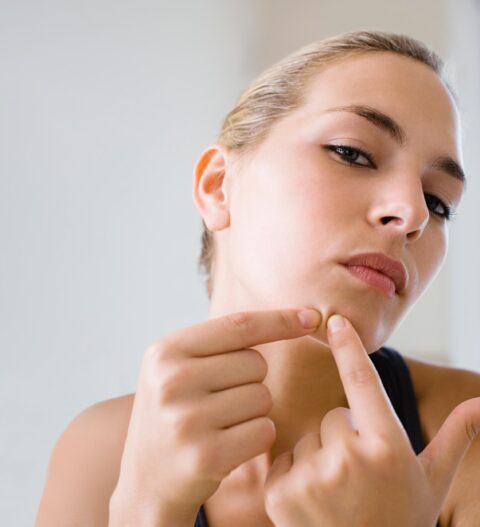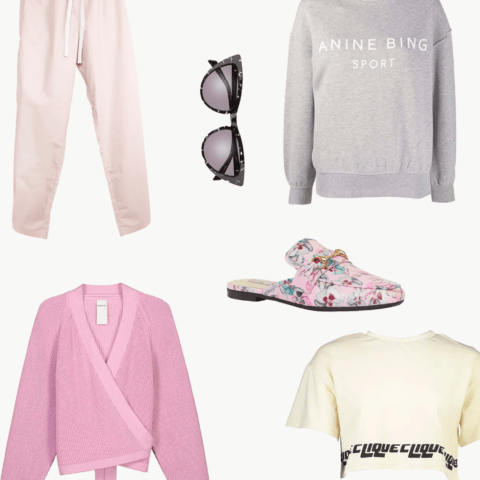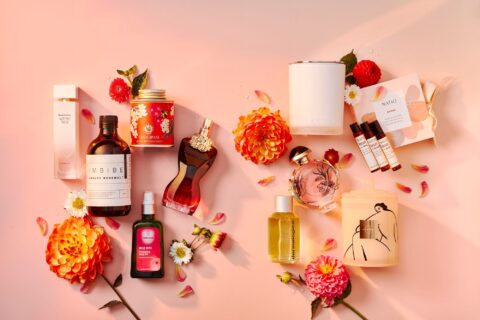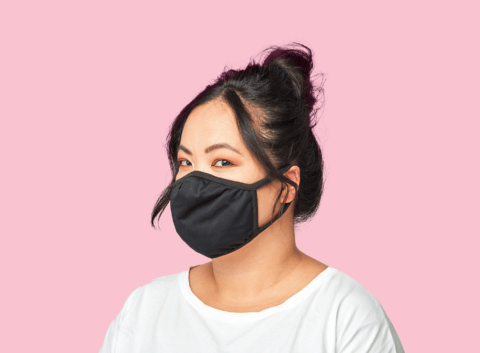Hair oiling is a soothing ancient ritual, and it may just be what your dry, sun-damaged locks need to bring back the shine, writes Megan Douglas.
These days, protecting and replenishing our skin from the sun’s harsh rays, particularly in the summer, is is a given. What many of us forget though is that our hair deserves a similar amount of love, protection and replenishment.
Dry, stressed hair is a common problem in the summer months, and when faced with it, most of us will turn to expensive hair masks and conditioners to help remedy the situation. Unfortunately, these may provide only a fleeting solution. Our hair will look fine for a few hours, before reverting to its prior damaged state. There is a good reason for this, as many of the products we use lack the amount – and quality – of oil necessary to truly replenish our hair.
Similar to skin, hair needs oil to stay healthy and vibrant, as the right kind of oil helps lubricate the outer cuticle, strengthens the inner core and keeps the bonds in our hair strong. And that means, every so often, we really should be giving it an oily treat!
The ancient art of hair oiling has a long and treasured history in many cultures. One of my all-time favourite haircare rituals, it’s something I’ve practised since my time living in the Indian Himalayas in my twenties.
I lived in a rustic house on a floor above a family three generations strong, including two teenage daughters. Once a week, the teenagers would sit outside with their mother and grandmother and oil each other’s hair. The next day, after washing out the oil, they would sit in the sunshine to let their hair dry, have a chat (which often included uproarious laughter), then, once the sun had done its bit, they would brush each other’s hair out. Their care for each other, their obvious enjoyment of such precious moments, and also their beautiful, luxurious locks remain a vivid memory.
There is much we can learn from interactions like the ones that became so familiar to me in India, including the notion that mixing oil with our hair – far from being something to avoid at all costs – is an easy, low-cost, highly effective solution for stressed or damaged locks. After all, what’s not to love about a ritual that can help seal split ends, smooth frizz, repair heat damage and transform your hair from dry to shiny and lustrous? Even better, the more you practise hair oiling, the greater and more sustained its benefits.

The good oils
So what oils are especially good for treating your hair? There are four that I particularly favour but I do recommend you experiment with different oils, or a combination of them, to discover what best suits your hair type.
One of the most popular oils in India for hair oiling is sesame oil. It’s a wonderfully rejuvenating oil, considered so restorative that ancient Hindu mythologies refer to it as a core component of the elixir of immortality!
Massaging sesame oil into the scalp once a week is thought to help nourish and restore the natural balance and lustre of hair, while providing other health benefits. Charaka Samhita Sutrasthana, the authoritative guide to Ayurveda (Hindu medicine), shares this bit of ancient wisdom: “One who applies sesame oil on his head regularly does not suffer from headache, baldness, greying of hair or hair fall. The health of his hair and scalp is specially enhanced; his hair becomes black, long and deep- rooted. Applying sesame oil on [the] head induces sound sleep and happiness.”
That’s a long list! Count me in.
Another popular oil is coconut oil. It’s said that if you apply this oil to your hair just to see it get “sucked up”, your hair is rather thirsty! Not surprisingly, it’s therefore a popular choice if your hair is dry or dehydrated. Coconut oil also has a reputation of being a great frizz tamer. Even if you’re not quite ready to give your hair a full treatment, you can rub a pea-sized amount between your fingers to warm it, before applying it to the roots of a few flyaways to help smooth them back into place.
Because it’s high in caprylic acid, capric acid, and vitamins E and K, coconut oil is also known to be good for scalp conditions such as dandruff, psoriasis and seborrhoeic dermatitis, as well as general scalp health.

The game changer
Argan oil is perhaps more widely known in the west as an oil treatment for hair. This may be because argan is lighter in weight compared with other oils, making it more suitable for hair that is naturally oilier or thinner. Unlike some other oils, it doesn’t “hang” so heavily on the hair, and it’s quickly absorbed. It’s also regularly recommended by hairdressers for heat-treated and colour-stressed hair, and it can be a game changer for dry, parched hair, as well adding a wonderful shine. Argan oil can withstand higher temperatures than other hair oils, making it an ideal styling product to help protect hair from heat damage, breakage and split ends.
For these reasons, there are many “argan oils” on the market but, sadly, many have little actual argan in the formula. Look for 100 percent-pure organic argan oil (without any other ingredients), sold in a dark glass bottle.
Finally, it would be remiss of me not to mention castor oil, which is known as the king of oils in India and – because it is rich in omega-6 fatty acids – is a real boon for both the hair and skin.
Though these oils are all favourites of mine, almost any nutritious oil can be used in the hair. It’s simply a matter of setting time aside not only to apply the oil but to give it a chance to work its magic.
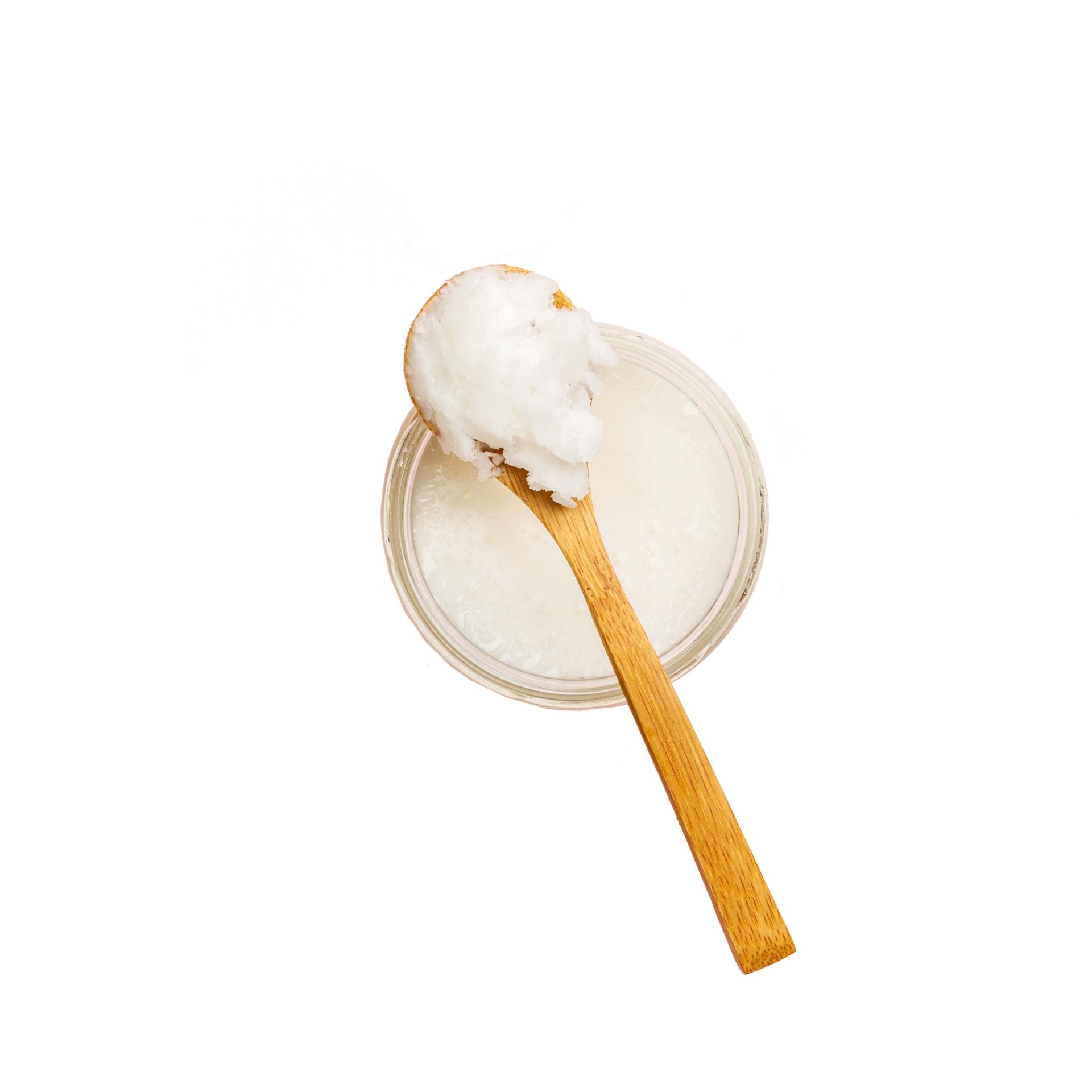
An act of self-care
Which leads me on to the question many of you will undoubtedly be asking right now. What, exactly, should I do to oil my hair successfully? Here are the steps I recommend:
- Warm your chosen oil or oil combination to room temperature or slightly above.
- Apply a small amount to your hair and massage your scalp. The exact amount of oil you apply will vary depending on the volume of your hair and the oil you’ve chosen, so experimentation is key here!
- After massaging the oil in, wrap a warm cloth or towel around your head, at least initially (this helps speed up the transformative benefits of the oil).
- Leave the oil on for a minimum of three hours or a maximum of 12 hours. You can choose to leave it on overnight if you wish, but remember to wrap your pillowcase in a towel!
- Rinse off well with a quality natural shampoo, and brush or comb out. You should avoid brushing your hair prior to this, as doing so will remove the oil from your scalp, where it is doing much of its good work!
Ultimately, hair oiling is more than just a treatment – it’s also an act of self-care. The best beauty rituals are often simple personal-care routines that are designed not only to enhance our looks but also to promote emotional wellbeing through the practice of the ritual itself.
Here’s to introducing hair oiling into your life and here’s to nourished, lustrous locks.



